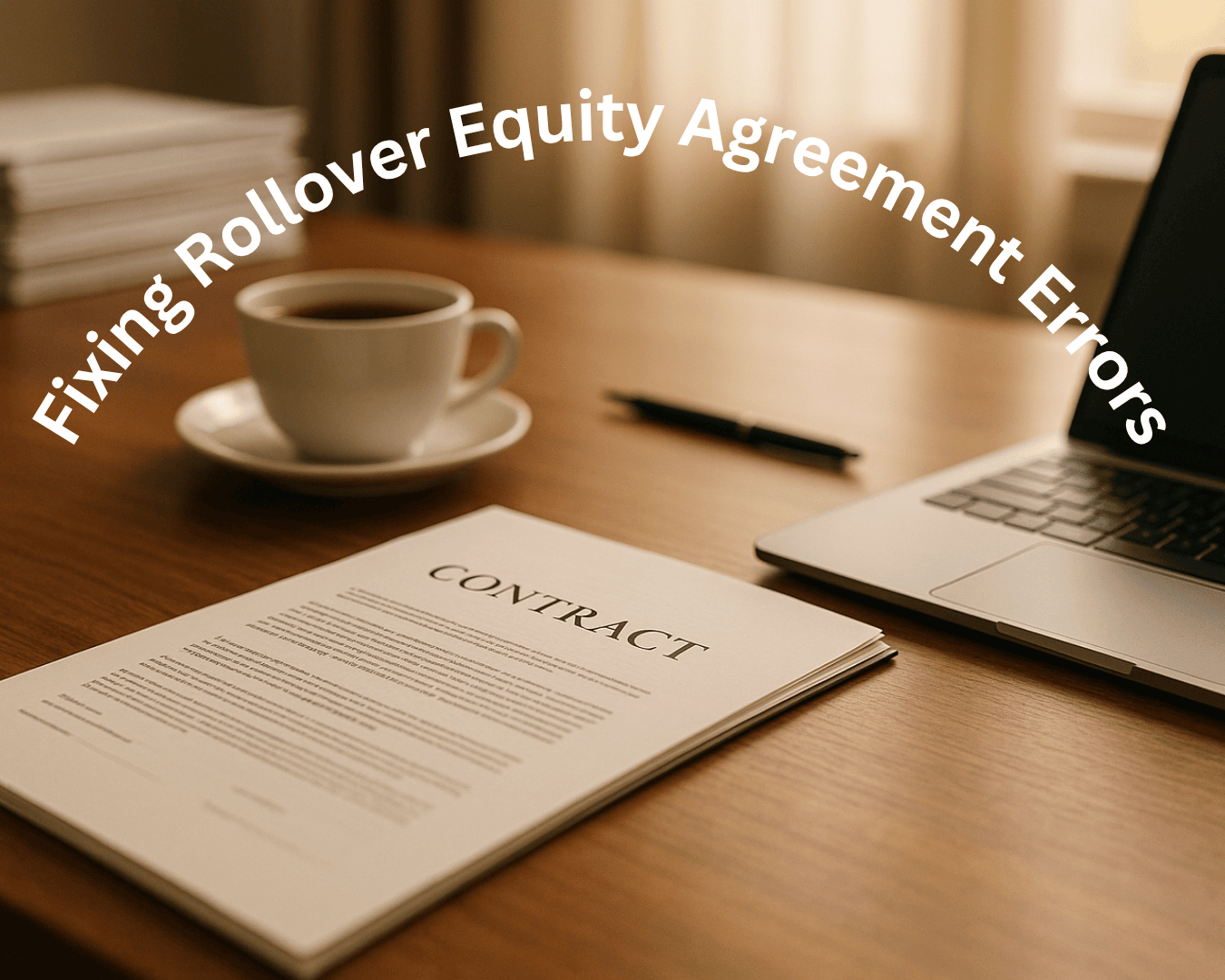A business acquisition loan package is what you present to lenders to secure funding for buying an existing business. It includes key documents like financial statements, a business plan, cash flow projections, valuation reports, and proof of your investment (equity injection). A well-prepared package shows lenders you’re financially ready and have a clear plan for success, increasing your chances of approval and favorable terms.
Here’s what you need to include:
- Executive Summary: Overview of your loan request, repayment plan, and the business’s financial health.
- Business Plan: Details on how you’ll run and grow the business, including financial projections.
- Financial Documents: Historical financials, cash flow projections, tax returns, and personal financial statements.
- Equity Injection: Proof of your financial contribution and its sources.
- Valuation Methods: Justify the purchase price using income, market, and asset approaches.
- Capital Stack: A breakdown of funding sources and terms.
Preparation and organization are critical. Missing documents or unclear numbers can delay or derail your loan. Presenting clear, realistic data and a strong business plan helps reassure lenders and sellers, making the process smoother and boosting your chances of success.
The Ultimate Guide to SBA Acquisition Financing [Comprehensive 2025]

Required Components of a Complete Loan Package
Putting together a complete loan package involves gathering the specific documents U.S. lenders need to assess your request. These documents demonstrate your creditworthiness, confirm the value of the business you’re acquiring, and show your ability to repay the loan. Missing even one critical document can delay the process or lead to rejection. For SBA loans, additional federal requirements mean your paperwork must meet strict U.S. financial standards.
Executive Summary: Your Loan Request Overview
The executive summary is your chance to make a strong first impression. This one- to two-page document should clearly outline the loan amount you’re requesting, how you plan to use the funds, proposed repayment terms, and any collateral you’re offering. Since lenders usually review this first, it’s crucial to make a compelling case upfront.
Your summary should include the loan amount and a detailed explanation of how the funds will be used - whether for acquiring a business or its assets. It’s also important to justify the financial logic of the acquisition by highlighting the target business’s financial health, profitability, and potential for growth.
Provide evidence of strong cash flow. For instance, if the business generates $500,000 in annual cash flow and you’re seeking a $2,000,000 loan with $180,000 in annual payments, show how repayment is feasible. Address any potential concerns, such as managing seasonal revenue fluctuations, and emphasize your experience, especially if this is your first acquisition.
Business Plan: Your Operating Strategy
A strong business plan builds on your executive summary by detailing your strategy for running and growing the business after the acquisition. Lenders want more than just a description of the business - they need to see a clear plan for how the operation will succeed and generate enough cash flow to cover loan payments.
"A well-developed business plan is non-negotiable. It must clearly outline how the combined entity will operate, grow, and most importantly, generate sufficient cash flow to cover the loan repayment in addition to operating expenses. This plan should include detailed financial projections and a strategy for post-acquisition integration."
– National Business Capital
Your plan should include a detailed description of the business, covering its history, products or services, competitive strengths, and position in the market. A market analysis section should demonstrate your understanding of industry trends, customer demographics, and competitors, while explaining why current market conditions support your acquisition.
The management team section is equally critical, especially if you’re planning operational changes. Detail which key personnel will stay on, any new hires you anticipate, and how the management team will work together. If replacing existing management is necessary, outline your strategy for recruiting and onboarding new leaders.
A solid post-acquisition integration strategy is essential. Explain how you’ll merge operations, retain key employees, integrate customer bases, and achieve efficiencies. If you plan to expand into new markets or add product lines, include specific implementation plans with realistic timelines.
Financial projections are another critical element of your business plan. These should present realistic cash flow scenarios, showing how you’ll meet loan obligations while maintaining operations and pursuing growth. Including best-case, worst-case, and most-likely scenarios demonstrates that you’ve carefully considered various outcomes.
Financial Documents: Numbers and Projections
The financial section is the backbone of your loan package. Lenders require specific financial statements prepared according to Generally Accepted Accounting Principles (GAAP). Accuracy and professional preparation are key.
Cash flow projections are particularly important. Provide monthly projections for the first two years and annual projections for years three through five. These should include operating cash flow, capital expenditures, debt service, and any owner distributions. Use conservative assumptions and be prepared to explain the reasoning behind your numbers.
For the target business, include three years of historical financial statements - income statements, balance sheets, and cash flow statements. If the business has undergone audits, include audited statements. For smaller businesses, tax returns may suffice, though compiled or reviewed statements are often more persuasive.
You’ll also need standardized personal financial statements listing all assets and liabilities. Ensure assets are listed at fair market value, not original cost, and support these valuations with documentation like bank or investment account statements, or real estate appraisals.
Additionally, provide three years of tax returns for both yourself (as a guarantor) and the target company. Include bank statements from the past 12 months to demonstrate sound financial management. Be prepared to explain any large deposits or unusual transactions.
Equity Injection: Proof of Your Investment
Lenders want to see that you have a personal financial stake in the acquisition. This is often referred to as an equity injection, and it typically ranges from 10% to 25% of the loan amount, depending on the loan program and business type. It’s important to document not only the amount of your equity contribution but also its legitimate sources.
Here are some common equity sources and how to document them:
- Personal Savings: Provide bank statements showing the required seasoning period.
- Seller Financing: If the seller is financing part of the deal, include documentation that meets lender requirements and subordination rules.
- Asset Liquidation: If you’re selling investments, real estate, or other assets, provide proof of the sale and verify the funds are available.
- Gift Funds: If family members are contributing, include a gift letter stating the funds do not need to be repaid. In some cases, the gift giver may need to provide financial statements.
- Retirement Accounts: Programs like ROBS (Rollover for Business Startups) allow you to use retirement funds, but these require careful structuring to avoid tax penalties.
If you’re combining multiple sources - say, $100,000 from savings, $50,000 from seller financing, and $75,000 from asset sales - make sure each component is clearly documented. This transparency helps lenders verify the legitimacy of your contribution and sets the stage for presenting your financial strategy in future sections.
How to Present Financial Data to Lenders
Once you've prepared your financial documents and crafted a solid business plan, the way you present this data can make or break your chances of securing a loan. Lenders sift through countless loan applications, so your presentation needs to stand out. Clear formatting and numbers that paint a compelling picture of profitability, growth potential, and debt repayment capability are key.
Cash Flow Projections and Past Financial Records
At the core of your financial presentation are monthly cash flow projections. Provide detailed monthly projections for the first two years and annual projections for the following three. These should include operating cash flow, capital expenses, debt payments, and owner distributions.
Stick to conservative revenue estimates. For example, if you're buying a landscaping business that earns 70% of its revenue from April to October, show how you'll manage expenses and loan payments during slower winter months using cash reserves or credit lines.
Lenders look for a Debt Service Coverage Ratio (DSCR) of at least 1.25. For instance, if you project $300,000 in annual cash flow and your loan payments total $240,000, your DSCR is 1.25 - meeting the minimum requirement.
In addition to raw numbers, include trend analysis. For example, if revenue increased from $1.2 million in 2022 to $1.8 million in 2024, highlight this 50% growth and explain its drivers. Was it due to new products, expanded markets, or organic growth? Lenders want to know whether these positive trends can continue under your ownership.
Where necessary, include add-backs and normalizations to adjust for unusual or non-recurring expenses. However, avoid repeating examples already detailed in your financial documents.
Once you've established a clear picture of cash flow and historical performance, shift the focus to valuation techniques to justify the acquisition price.
Business Valuation Methods for Acquisitions
To show that the business is priced fairly, use multiple valuation approaches. The three main methods in U.S. business valuations are the income approach, market approach, and asset approach.
The income approach relies on discounted cash flow (DCF) analysis. Present your DCF model with clear assumptions about growth rates, discount rates, and terminal values. For example, justify a 12% discount rate by tying it to the business's risk profile and industry norms. Include sensitivity analysis to show how the valuation would change if growth rates vary by 2%.
The market approach compares the business to recent sales of similar companies. Use EBITDA multiples to present this data. For instance, if comparable businesses sell for 3.5 to 4.5 times EBITDA and your target generates $400,000 in EBITDA, the market value would range from $1.4 million to $1.8 million. Provide at least three to five comparable transactions, explaining any adjustments for factors like size or location.
The asset approach is particularly relevant for businesses with significant tangible assets. List major assets at their current market value, not book value. For example, if the business owns real estate purchased for $500,000 a decade ago but now worth $800,000, use the updated market value. Include recent appraisals for high-value assets like equipment, real estate, or inventory.
When possible, calculate the value of goodwill and intangible assets, such as customer relationships or proprietary processes. For instance, if long-term contracts are expected to generate $2 million in future revenue, determine their present value and include it in your valuation.
Summarize all three valuation methods in a table to support your final purchase price. If there's a noticeable gap between the purchase price and calculated value, address it directly. For example, explain if seller financing or a quick sale motivated the seller to agree to a lower price.
Capital Stack Structure
Once you've established the business's value, outline how the acquisition will be financed. Your capital stack should detail all funding sources and their terms. Use a table to present this information clearly:
| Funding Source | Amount | Percentage | Terms | Status |
|---|---|---|---|---|
| SBA 7(a) Loan | $1,600,000 | 64% | 10 years, 8.5% | Pre-qualified |
| Buyer Equity Injection | $400,000 | 16% | N/A | Verified funds |
| Seller Note | $300,000 | 12% | 5 years, 6% | Agreed in LOI |
| Equipment Financing | $200,000 | 8% | 7 years, 9% | Conditional approval |
| Total | $2,500,000 | 100% |
Senior debt, such as SBA loans, typically carries the lowest interest rates but requires personal guarantees. Keep senior debt below 70-80% of the total capital stack to reassure lenders about repayment feasibility.
Your equity contribution shows your commitment to the deal. For example, if you're investing $400,000 of your own money, it signals to lenders that you have a personal stake in the business's success.
Seller financing can help bridge valuation gaps and demonstrate the seller's confidence in the business. A $300,000 seller note payable over five years, for instance, indicates the seller believes in the business's continued profitability.
Mezzanine or subordinated debt can fill any gaps between senior debt and equity, offering flexibility in structuring the deal.
Finally, show how the capital stack impacts returns. For example, if you're investing $400,000 in equity for a $2.5 million acquisition and expect $350,000 in annual cash flow after debt payments, your cash-on-cash return would be 87.5%. This highlights strong returns while maintaining a conservative debt structure.
To provide full transparency, include a sources and uses table detailing exactly how the funds will be allocated. This reassures lenders that you've thoroughly planned for every aspect of the transaction, including working capital needs and closing costs.
sbb-itb-a3ef7c1
Tools to Make the Loan Process Easier
Putting together a business acquisition loan package can feel like a daunting task. But with the right digital tools, the process becomes much more manageable. These tools can handle calculations, keep your documents organized, and guide you through each step of the application. By automating time-consuming tasks, they allow you to focus on presenting a strong case for your loan.
Clearly Acquired's Loan Pre-Qualification and Valuation Tools
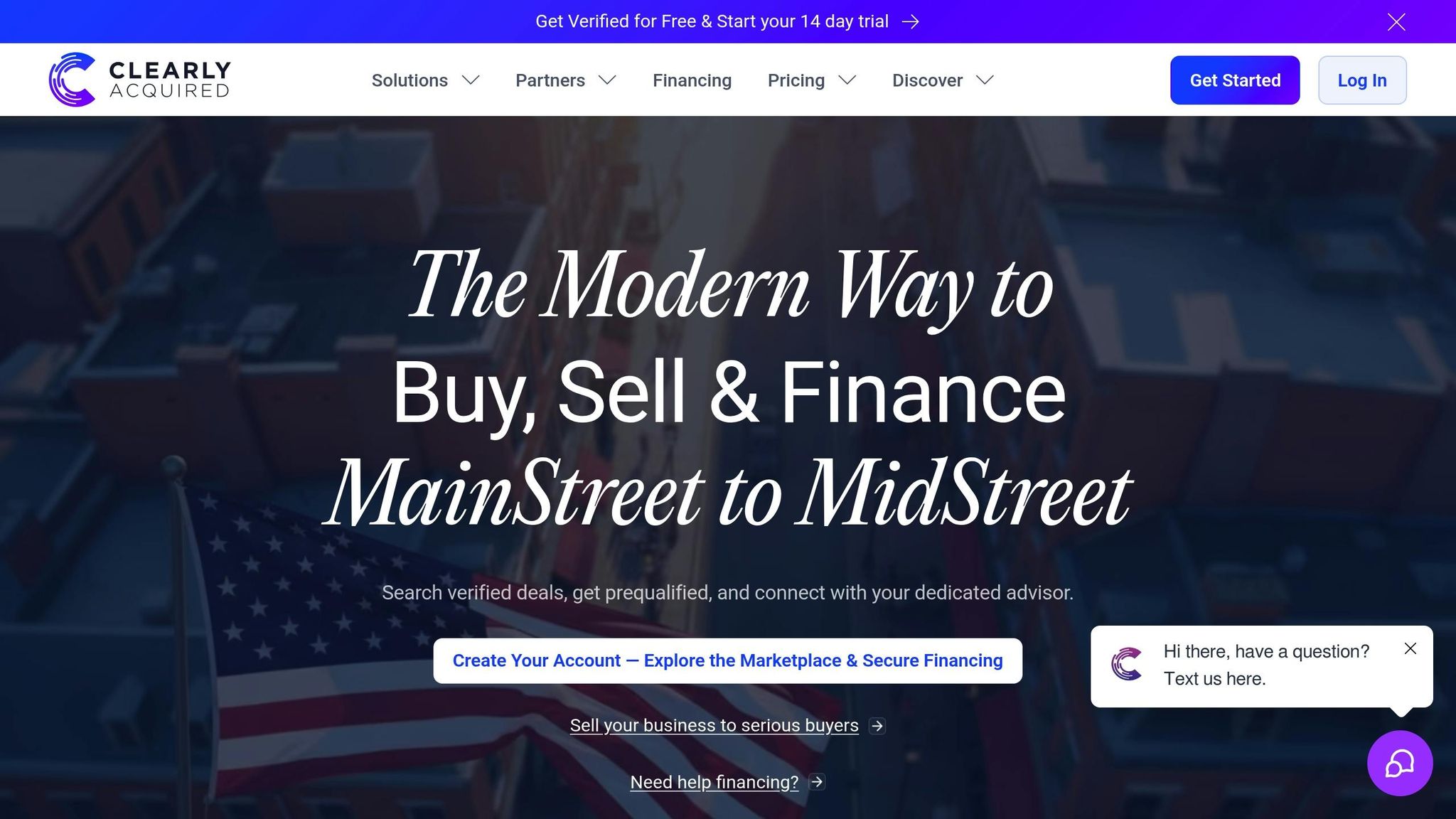
Clearly Acquired offers a platform designed to simplify key parts of loan preparation. One standout feature is its loan pre-qualification tool, which uses secure Plaid integration to connect with your bank accounts. This feature verifies your financial status early on, giving you a clear picture of your borrowing potential right from the start.
Another powerful tool is the AI-driven valuation system. It delivers instant, data-supported valuations by analyzing industry benchmarks and current market trends. This eliminates the need for manual research and helps you present a solid, well-informed loan package.
The platform also includes secure, permission-controlled data rooms where you can store and share sensitive financial documents with lenders. Centralized pipeline tools make it easier to track your submissions and manage follow-ups, while integrated lender matching connects you with experienced professionals. These features not only simplify document management but also help you make a stronger impression on lenders, paving the way for smoother interactions as you move forward in the process.
Getting Through Loan Approval and Closing
Once you’ve submitted your loan application, the approval and closing process begins. The timeline for this phase can vary depending on the complexity of your acquisition and the lender’s specific requirements. Understanding what to expect during this stage helps you stay on top of things and address any issues promptly. This is where all your earlier preparation comes together, paving the way for a smooth transition from application to ownership. With your loan package in hand, this phase involves lender review, responding to inquiries, and finalizing the deal.
Lender Review and Due Diligence Process
The lender will carefully examine your loan package as part of their due diligence process. They’ll assess all required documentation to ensure everything aligns with the closing requirements.
How to Handle Lender Questions
During the review, lenders may have questions or request additional documents. How you respond can significantly influence your approval chances and the timeline for closing. Here’s how to navigate this process effectively:
- Respond quickly to every request and clearly communicate if any timeline adjustments are necessary.
- Keep track of each lender request, noting the date received and what’s needed. This organized approach shows your attention to detail and helps avoid missed deadlines.
- Provide brief explanations for any unusual details in your documents to preempt further questions.
- Be upfront about any challenges you face. Addressing potential issues directly and offering solutions can build trust with the lender.
- For more complex questions, consult professionals like an attorney or CPA to ensure thorough and accurate responses.
Once you’ve addressed all inquiries, you’ll move on to the final steps of closing the loan.
Completing and Closing the Loan
The closing phase kicks off when your lender issues a formal commitment letter. This document finalizes your loan terms and lists all the conditions you must meet to close the deal. Review this letter carefully with your attorney, as it will guide you through the remaining steps.
Insurance Requirements:
Secure the necessary insurance policies, such as general liability, professional liability, business personal property, business income, and workers’ compensation. Make sure your lender is listed as an additional insured and loss payee on all policies. Start this process early to avoid delays.
For SBA loans, life insurance is often required. The policy must be assigned as collateral to your lender, so it’s wise to begin this step early with an insurer familiar with SBA loans.
Entity Documentation:
Ensure all required business entity documents are in order. This includes forming your business entity, obtaining licenses and permits, and setting up business checking accounts. If you’re leasing property, confirm that the lease term (including renewal options) matches or exceeds the loan’s repayment period.
Third-Party Approvals:
Timely approvals from third parties are crucial for a smooth closing. For instance, if your lender requires a landlord waiver, send the waiver form to your landlord as soon as you receive your commitment letter.
Final Steps:
At closing, you’ll review and sign all documents, transfer funds, record security interests, and complete asset transfers. Have your attorney review everything before signing to ensure there are no surprises.
Post-Closing Tasks:
After funding, there’s still work to do. Notify customers and vendors, transfer utilities, update licenses and permits, and execute your transition plan. If the seller is providing training or consulting, set clear schedules and expectations for the handover.
Working with an experienced M&A advisor during this phase can make a big difference. They can help coordinate documentation, manage the sequencing of funds, and ensure all parties stay on track with critical timelines.
Conclusion: Building a Winning Loan Package
Creating a strong loan package requires meticulous documentation and a well-thought-out, strategic presentation. The difference between approval and rejection often hinges on how effectively you organize your materials and communicate your vision to lenders.
Think of your loan package as your introduction to lenders. It’s your opportunity to outline your post-acquisition management plan and present a clear, unified story about your acquisition strategy. This cohesive narrative helps tie all the components together, making your documentation more impactful.
At the heart of a successful loan package is accurate and consistent documentation. Lenders need to see financial statements that align, realistic cash flow projections, and a solid grasp of the target business’s operations. Even minor inconsistencies or missing details can jeopardize the approval process, no matter how strong the rest of your application is.
Your business plan and financial analysis are critical tools that bring your borrower story to life. They provide clarity about what you aim to acquire and why you’re the right person to make it a success. This narrative should flow through every section, reinforcing your qualifications and vision.
By organizing your records and preparing thoughtful responses, you make the lender’s review process smoother and speed up the path to closing. This level of preparation reflects the professionalism that lenders expect from successful borrowers.
Ultimately, your loan package is more than just paperwork - it’s an investment in your future as a business owner. The effort you put into crafting a thorough, polished presentation directly influences your chances of securing favorable financing and successfully closing your acquisition. Every piece, from the executive summary to the final steps, works together to build a strong case for your success.
FAQs
What are the biggest mistakes to avoid when preparing a business acquisition loan package?
Avoiding common missteps is crucial when applying for a loan. One of the biggest mistakes is submitting a business plan that’s incomplete or poorly written - it can leave lenders questioning your preparedness. Another common error is failing to provide detailed financial documentation, which is essential for demonstrating your business’s stability. Overestimating future cash flow projections can also raise red flags, as it may come across as unrealistic or overly optimistic.
Other pitfalls include overlooking collateral requirements, not addressing credit issues beforehand, and scrambling to gather documents at the last minute. Starting early and presenting a well-organized, thoroughly supported application can go a long way in building trust with lenders and boosting your chances of approval.
How can I show lenders the value of the business I want to buy?
To showcase the value of the business you’re planning to acquire, start by presenting clear and well-organized financial data. Provide detailed cash flow projections that emphasize profitability and demonstrate the business’s ability to manage loan repayments. Back this up with essential financial documents like balance sheets, income statements, and tax returns to establish trust and credibility.
Next, prepare a comprehensive business plan that highlights the business's growth potential, its position in the market, and your own experience in the industry. Lenders want to feel confident that you not only understand the business but also have a solid roadmap for its success. Include key metrics like revenue trends and valuation to strengthen your case. A professional, data-focused presentation can make a big difference in securing approval.
What does an M&A advisor do during the loan approval and closing process, and should I hire one?
When it comes to securing a business acquisition loan, an M&A advisor can be a game-changer. They assist in organizing your financial documents, fine-tuning your business plan, and ensuring that your cash flow projections and valuation metrics align with what lenders are looking for. Beyond that, they offer valuable support during negotiations and help address any concerns from lenders, ultimately increasing the chances of getting your loan approved.
While hiring an M&A advisor isn’t a requirement, their expertise can make the process smoother and less stressful. For first-time buyers or those unfamiliar with acquisitions, working with an advisor can be a smart investment, potentially paving the way for a successful loan approval and a seamless closing experience.














.png)





























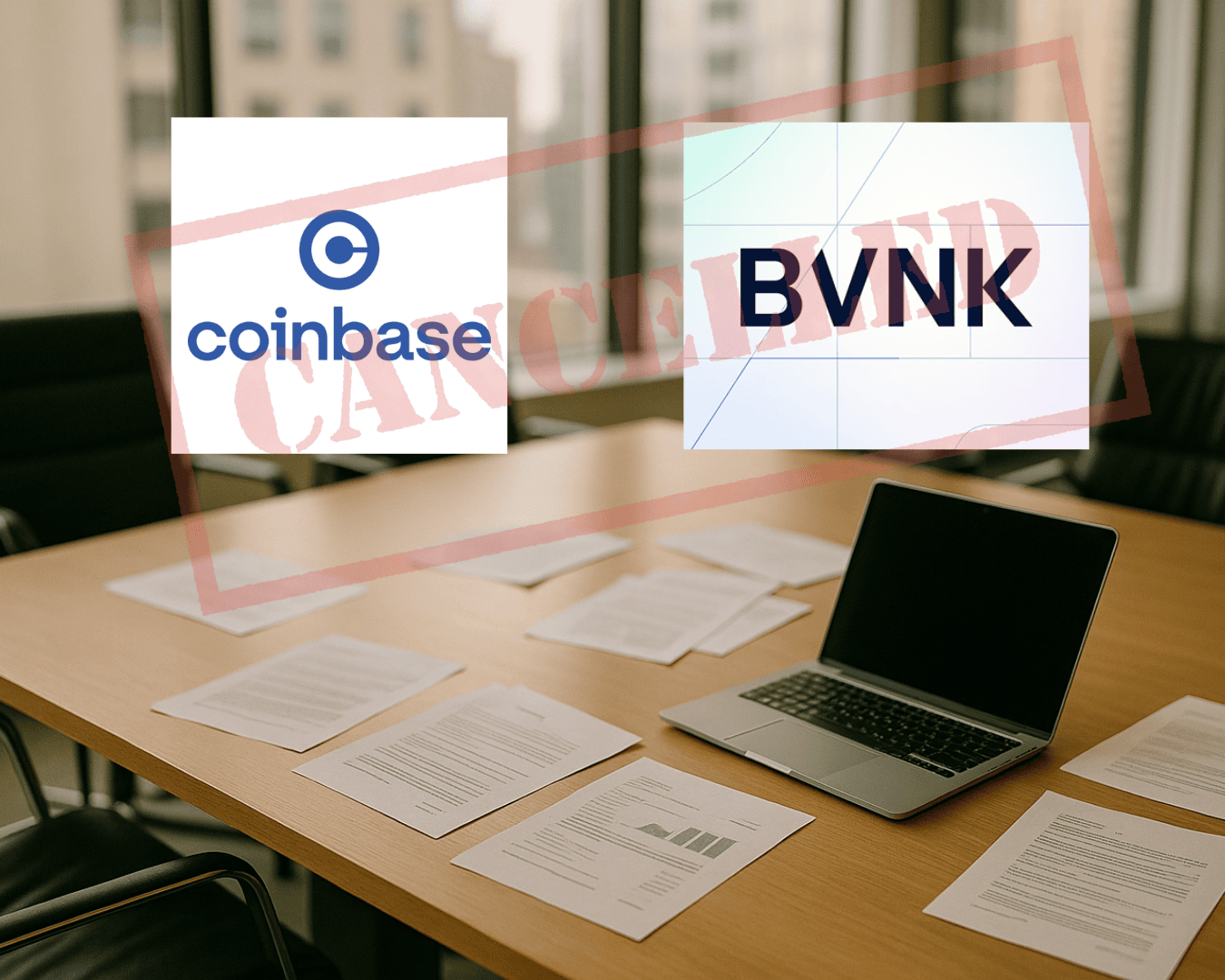









.png)

















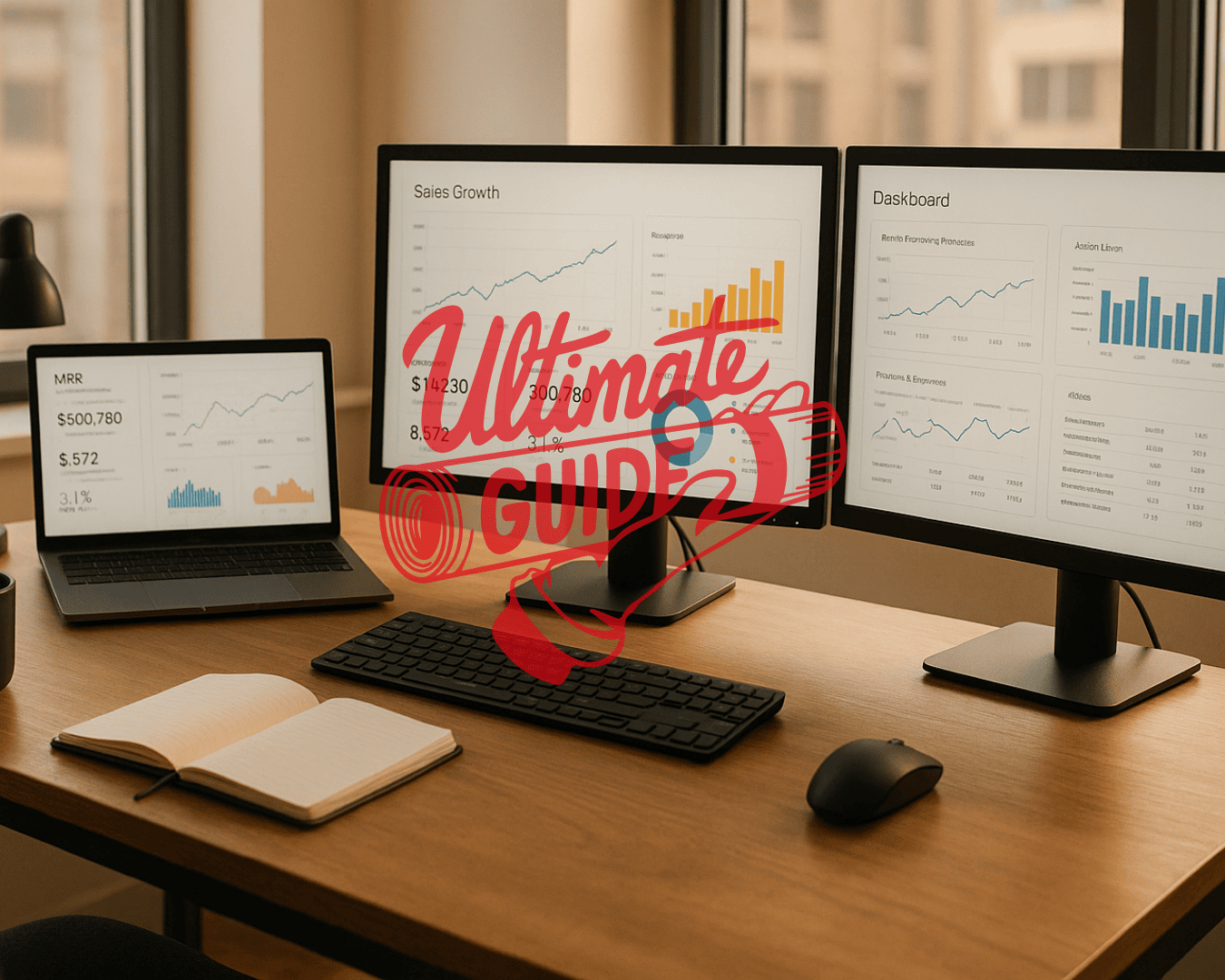










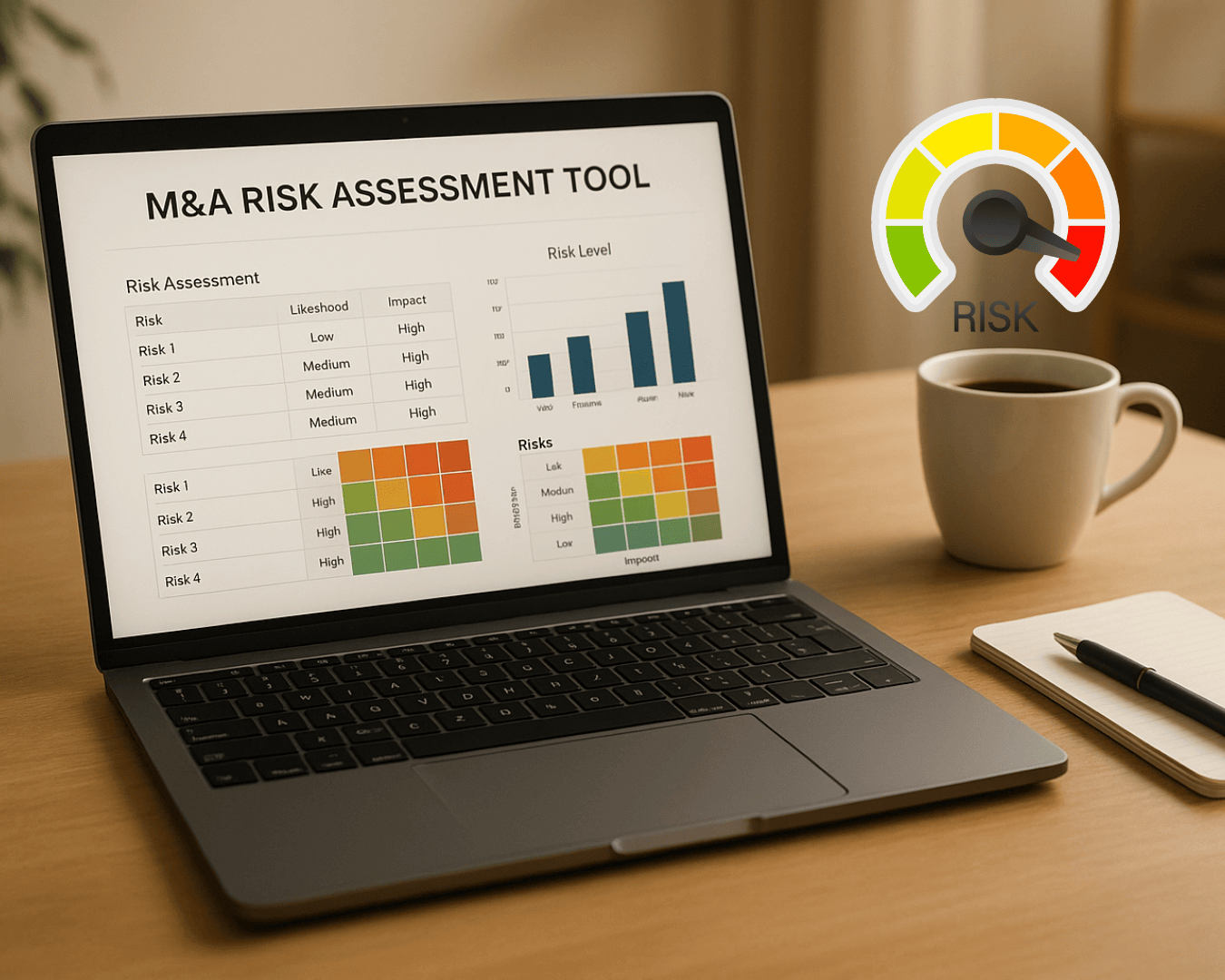

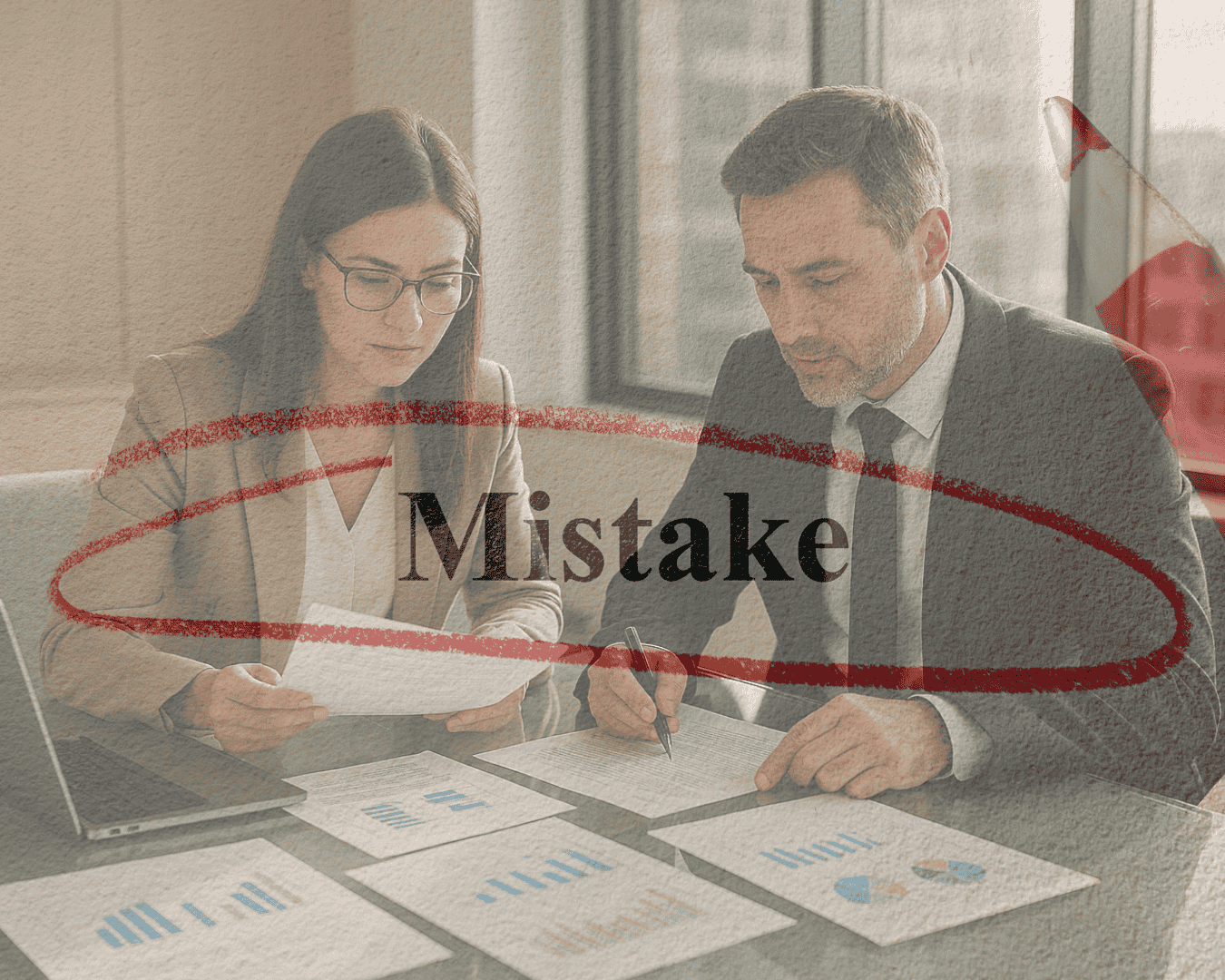
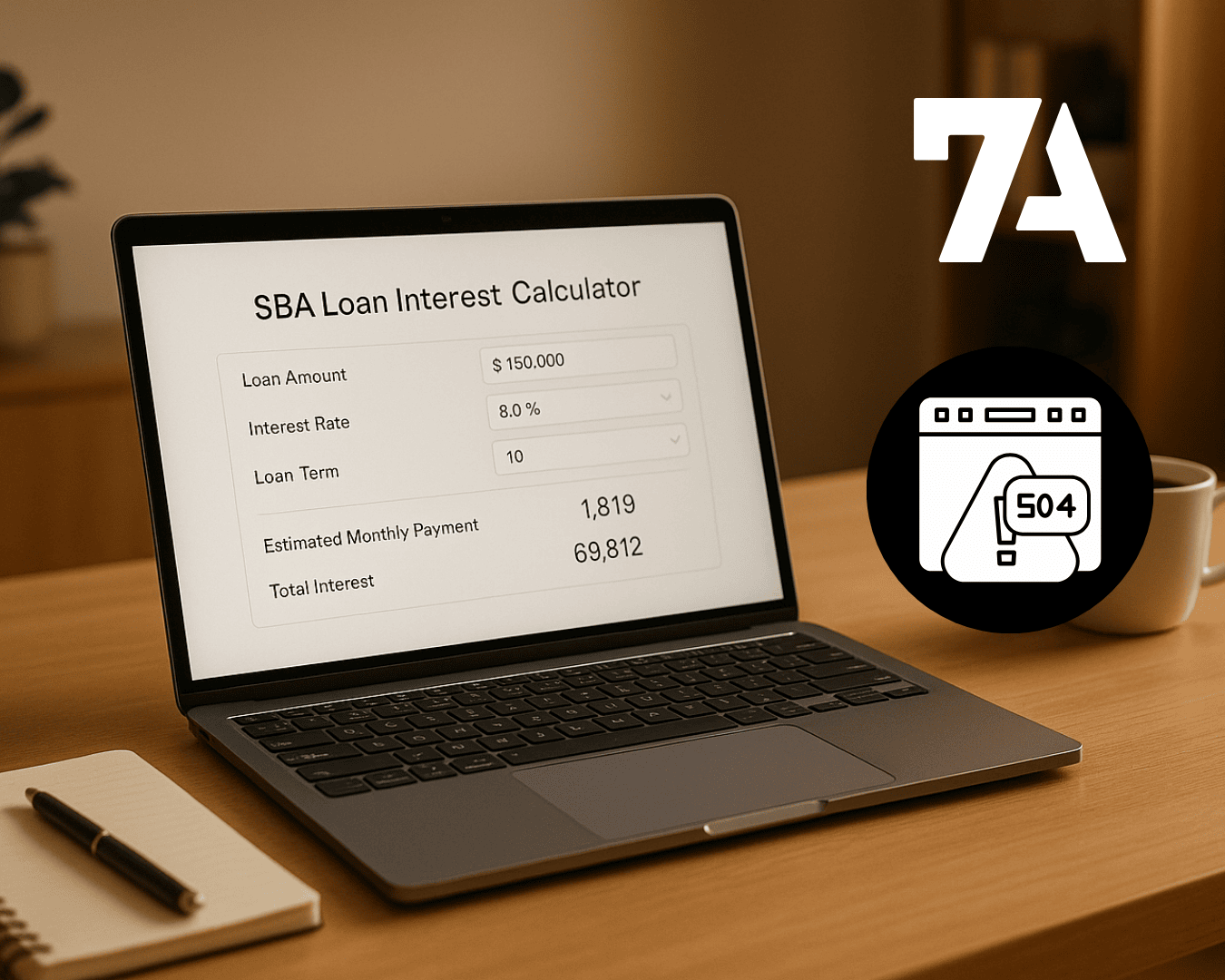








%20Loan%20Application%20Checklist.png)
